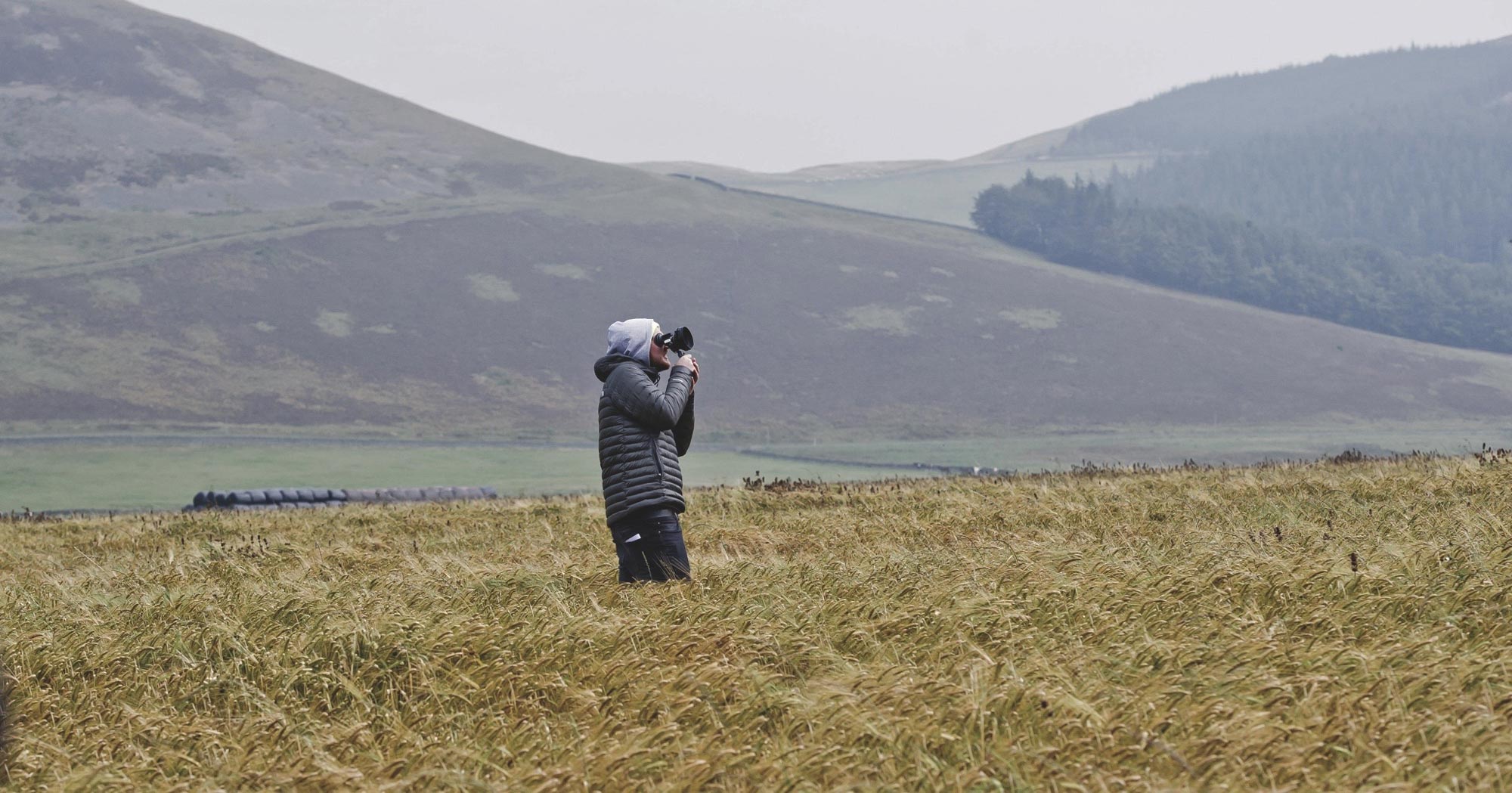
My name is William McGregor, I started directing TV in 2013 as the youngest ever director of E4’s cult hit MisFits, I then went on to direct the climax of the BBC’s BAFTA winning epic period drama Poldark. This year, on my 28th time around the sun, I directed my first mini series – One of Us, which airs on BBC One at 9pm on the 23rd of August. Whilst day dreaming on the underground the other day I started to think about things I would have said to William circa 2013 before directing my first gig, and I decided to write these thoughts down as maybe they could be of use to other aspiring directors. Or maybe you think my work stinks and you want to hear how not to do it… either way… hopefully you can take something from my ramblings.
Crewing Up
Surround yourself with people who are not only talented but get your way of working. I like chilled out none shouty types who are hungry to prove themselves. A DoP or 1st AD can have a great CV but they need to fit your way of working, same goes for any head of department. The truth is it’s exceptionally busy in the TV world at the moment (golden era anyone?), so getting hold of top crew members is difficult. If you find yourself going further and further down your wish list then I’d always go for the young up and coming folk. After all this is probably the principle that got you the job in the first place! What you don’t want is someone who’s involved on the project as a ‘job’. You want people who are passionate and not just going from gig to gig for the pay cheque. Your producer may also have really good suggestions and you may well want to work with some of them. But just make sure you’re surrounded by people who are there for YOUR vision.
Prep
If I was limited to only one word of advice then it would be ‘prep’. All the work you do before day 1 on set is going to pay off big time when you’re 32 days into your shoot with 4 hours left and 3 scenes to shoot and the lead actor isn’t leaving their trailer and you’re losing the light and the producer has turned up at the monitor. But more specifically – don’t get carried away and head straight for the visual stuff. Work out what the story means to you, find your core and let that guide a few principles. This is more helpful than a shot list. As in the aforementioned scenario your shot list involving 3 crane shots and a steady cam move will go out of the window (if it hasn’t already for budget reasons).
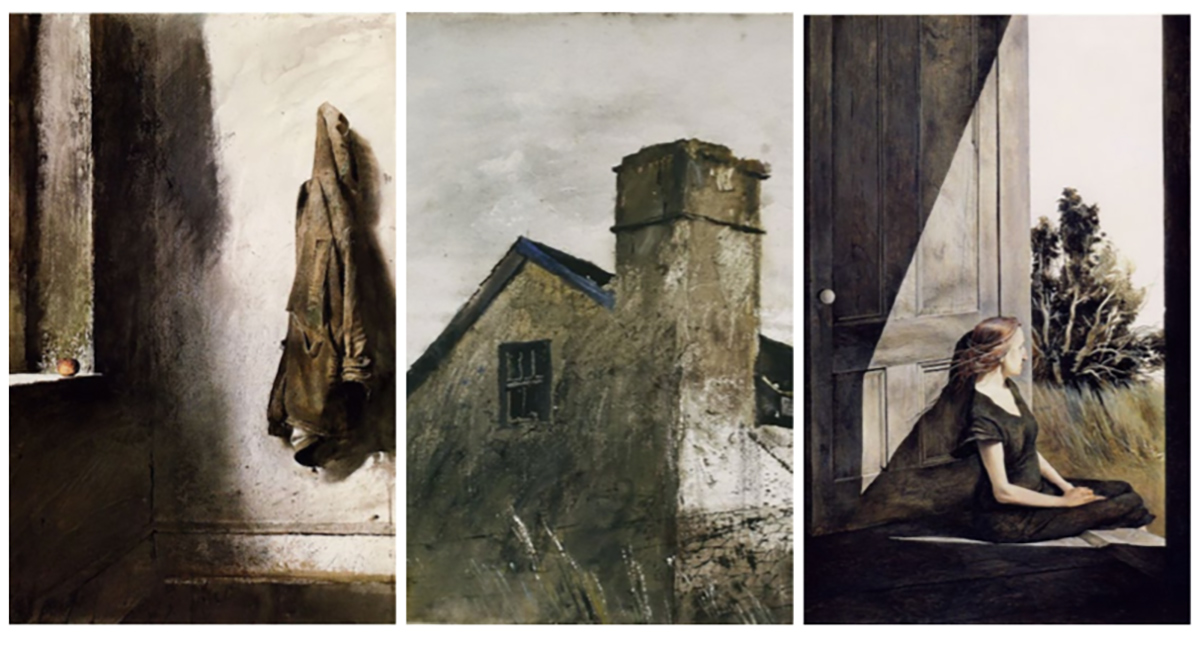
All you have is the fundamental theme of your story and the limitations of filming. If you know what you’re trying to say, you will be able to use that as a governing principle that informs how you shoot any scene in any condition. Even when your back is up against the wall. I write a list of key notes on the cover my notebook which I carry with me on set every day. These are literally just the head line, idiot proof, bullet points. For example on One of Us I had, “The audience are one step behind, make them lean in, make them look around the corner”. I’d see this every day and it was a simple note that reminded me of what I was trying to do. So hopefully every time I was asked “Where are we putting the camera?”, that little voice kicked in and I made a decision that added to the over all coherent design of the show.
On the same principle it’s also worth developing some character bios. If your writers don’t have time then do it with the script editor. Try and form bios that inform the characters’ decisions that are made in the script. This isn’t just random history, build memories that inform the character. Then when you get to rehearsals make this a part of the process with the actors, evolve it with them (more on that latter).
Once you’ve done all this you can shot list, I like to shot list everything. Even if I know it will change, as it gives me a foundation to work from. Plus when asked on the tech recce how you intend to cover a scene it’s always good to have a genuine answer. Even if sometimes things change later on. I also find reference material helpful – films, art, TV shows, photography. I like to pull it all together in one document. It gives me confidence as it outlines the feel of the show we are making, but it’s also a great tool for communication to art department, costume and DoP. Talking is great but looking over images is much more specific and you’re more likely to get what you want.

Working With Your Cast
If you’re lucky then you get rehearsal time, but as an example, on MisFits I had an afternoon, on Poldark nothing, and then on One of Us four days. But during none of these did we actually run a scene, myself and the cast just got to know each other and the characters. We talked to build character memories, some shared and some private. But it meant we had a shared knowledge to work from on set. Which stops you from using the dreaded result based direction. It also builds trust and shows you care. If you don’t have rehearsals then even a phone call will help, show them you care and want to talk. You’re interested in them and are there to help. You’re not just going to hide behind the camera. This is something I have had to learn, it didn’t come easily but it has helped a lot. You have to earn the right to direct your cast, otherwise you’re just a random person on set saying things cold to a complete stranger.
You have to earn the right to direct your cast, otherwise you’re just a random person on set saying things cold to a complete stranger.
This doesn’t stop when you’re into the shoot. Make yourself available, pop into make up and say hi but make sure to spread the love. Don’t over focus on one person. Also, it’s worth mentioning that although blocking the scene through on the day is very important, you don’t want to spend too long rehearsing each scene before shooting. Some actors suck up time this way, and although you need to be understanding, make sure you stay aware of the time as time is the biggest currency on set. Don’t give too many notes at once, just build on a performance one take at a time. And one trick Aidan Turner taught me on Poldark was offer the cast ‘one for them’. This is time dependant but it’s worth doing. Once the take is in the bag let them know, and give them one more take to play with. It takes the pressure off and you’d be amazed at the results you get.
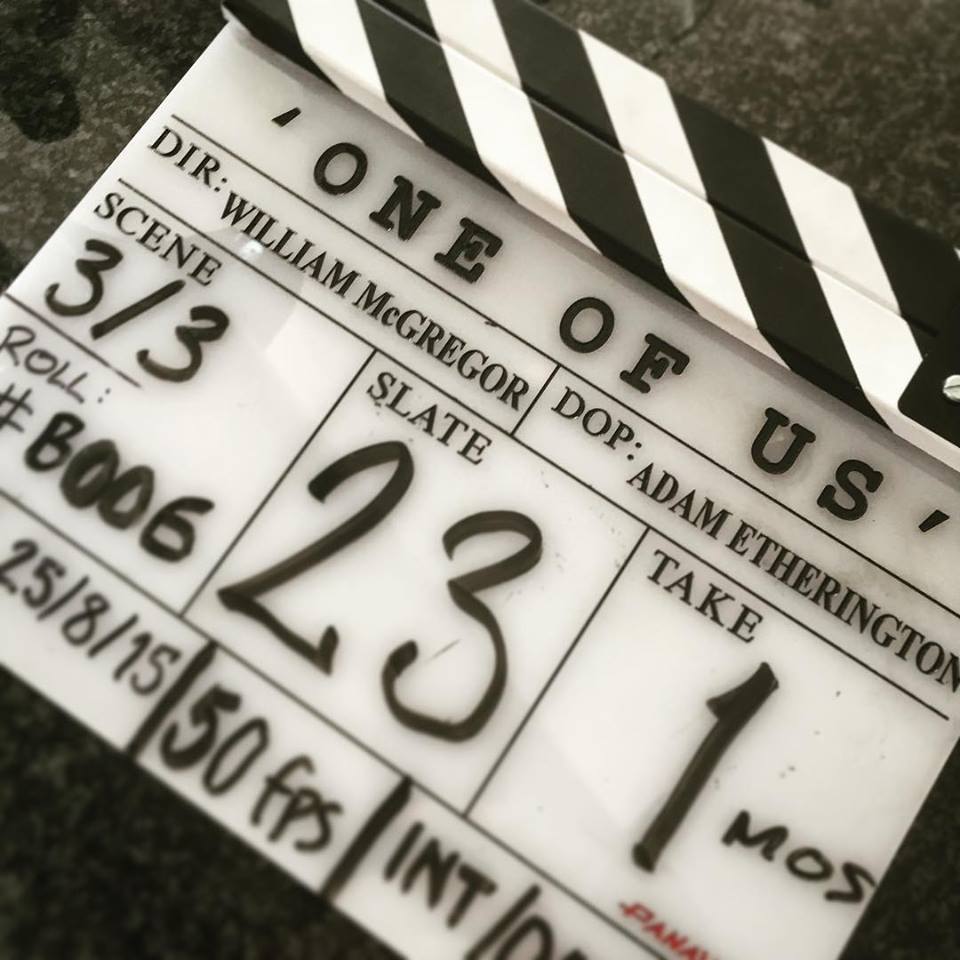
Your First Day on Set
I have a few rules for each day, but they are particularly important on the first day as it gets you into a rhythm. All cast involved in the first scene must be on set at call time. If they are late then you are already behind. Block through the scene with them. Then do a crew show before sending them off to costume and make up, meanwhile your crew will get everything set up. Aim to be ready and turning over within an hour. If you can turn over within an hour of call time then you’re setting yourself up very well for the rest of the day. Now just do that a few hundred more times and you’ve got a show!
Try and remember everyone’s name. Not easy I know but you’re a part of a team and the niceties count. Be polite and respect your crew. You’re not more important than they are, and many of them will likely become close friends by the end of the shoot. And oh yeah get a good nights sleep! Just look over the first day’s sides and don’t worry about anything else. You’ll get there one day at a time.
Looking After the Crew
Sadly I often feel like some productions push the crews too far and take liberties. Be that too many 6 day weeks. (I hate them on principle). Classing a production as a London gig when production base is actually 40 miles outside London and then the location another 40, so travel time is actually 2 hours…. not providing accommodation… rubbish cheap catering…. Breaking turn around (the time off between wrap and call time the next day)… horrible claw backs when going from night shoots to day… to name a few. Watch out for this and protect your crew, a happy crew is a good crew. Plus it’s just moral. On One of Us I feel like we had a very understanding and supporting production office and I know it helped not only make the shoot a more enjoyable experience but also contributed to the standard of the finished article.
Sometimes production can also try and do what I call ‘putting the problem on the floor’. This is when, usually for money reasons, you’re made to do one of the things I mentioned above, or more often then not you’re asked to shoot something in a compromised way or to shoot too much in one day. Push back. If you’re being asked to solve production budget problems by shooting too much in a day then say no. Let them know what you can achieve. As a general rule 4 pages is a good average, however on a tricky day you may want to only do 2 and there may be other days, with say two characters in one room where 6 pages really isn’t an issue.
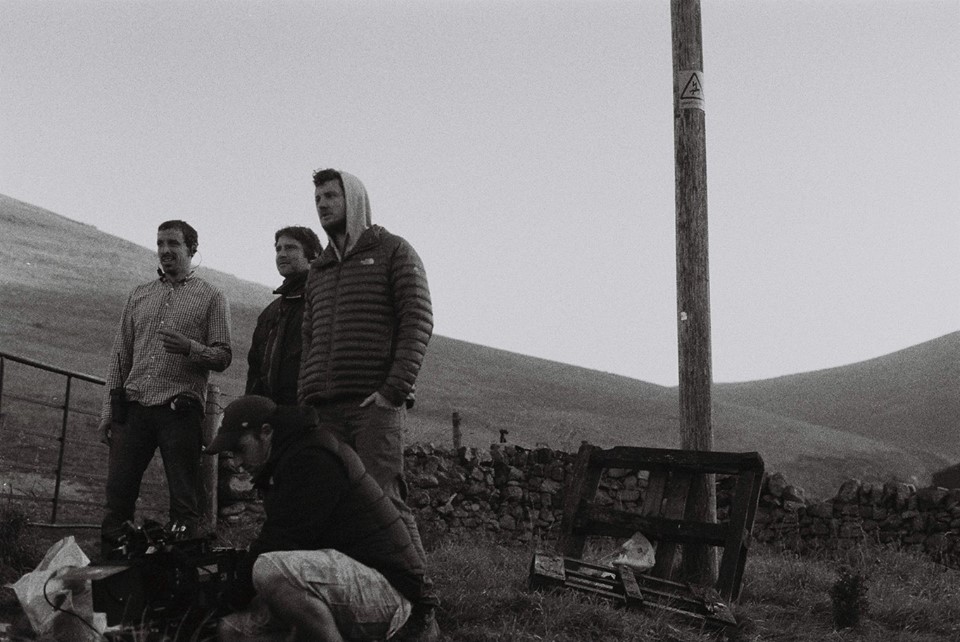
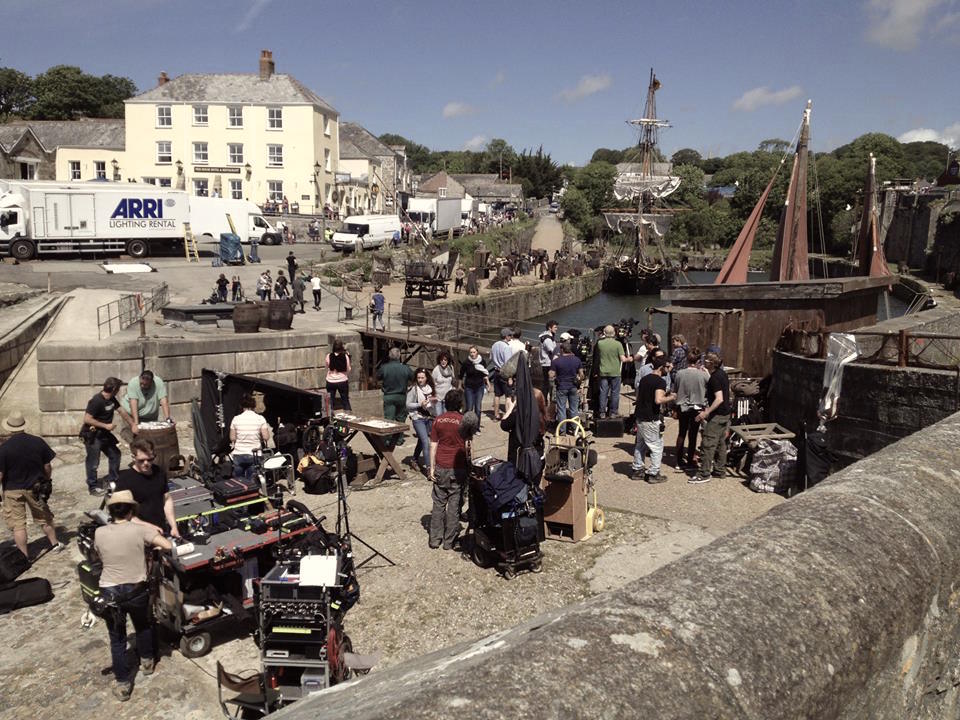

Making the Schedule
TV schedules are tight and knowing how to work economically and maximise your time is possibly the most important thing. Otherwise everything else you do is pointless, as you won’t have the time to make the show properly. Things will get rushed and mistakes will be made. This isn’t about running around on set, forcing your Director of Photography to light a scene in 2 mins and getting your AD shouting at everyone, if you’re doing it right it will actually be a very calm and collected set.
I try and work on the schedule with the 1st AD to make sure we are making the most of our time. No unnecessary unit moves, if you can’t fix it in the schedule then change the location. Order the scenes within the day so you’re not moving between locations. I know shooting story order is important and often costume and make up changes take more time than a red light, and you want to keep an eye on that. But on set quite often that extra half an hour lost moving location is more valuable than shooting story order. I even try and order scenes and set ups within the scenes to avoid turning around and lighting opposite directions too much. As this costs time.
The term ‘Hollywood in the morning Hollyoaks in the afternoon’ exists for a reason. Don’t fall into that trap.
I also try and keep my shot list bellow 20. It’s easy to come up with lots of cool shots but can you come up with the core shots needed to tell the story economically? This is one of the best things about the discipline of shooting TV drama, learning story economy. I know if I have much over 20 shots I may not make the day, and if you can’t get near to this figure then you may need to reschedule. I often find if I can get one scene a day that plays well in one shot then I’ll be very close to my 20 shots. It also stops you from shooting a one page scene all morning with 9 set ups, leaving only the afternoon to shoot the rest of the pages. The term ‘Hollywood in the morning Hollyoaks in the afternoon’ exists for a reason. Don’t fall into that trap.

One thing, which is a real skill, is knowing where to put the camera. Be confident, swift and decisive. Use the rehearsal to work out how you’re going to shoot the scene, start on your master and move in. If you get it wrong or have to shoot multiple wides then you’re wasting time. If you have made a mistake and want to change the shot then do it asap. Typically this might happen to me once or twice on an entire shoot, it annoys me, but better to change and get the shot you want. However, if you’ve lined up properly and set the camera position this should hardly ever be necessary. I was once called in to do second unit on the sly for a show that will remain nameless, because the director was dropping scenes, and I’m sure it had a lot to do with the above.
Also know when you have got it and move on. I rarely do over three takes, and sometimes I just get one or two takes on the wide, often different lens sizes, as some scenes I know I won’t be using the wide much in the edit. So why do loads of takes – move on and spend the time on the tighter angles if the scene is going to play out on them. The flip side to that is to know when the scene plays in the master and you can just move on!
Two cameras does not mean twice as much coverage or going twice as fast, often it’s slower.
Two cameras does not mean twice as much coverage or going twice as fast, often it’s slower as the DoP has to light for two angles. It can help for sure, I like two cameras, even three, if I have a big scene, 4 pages and up with lots of cast, as it stops the need to run the scene so many times. But don’t try and use a second camera to get through the day. You can use it to leap frog, setting up for one shot or scene ahead of the first camera. But other than that, I’d say only use a second camera for bonus angles that work without compromising the first camera.
Something else to keep an eye on is how lunch is set up. If lunch is served at unit base which is 10 mins away from location then you’re going to lose 20 mins. I always try and have lunch brought to set if possible. In fact, I actually like continuos days as you don’t get the post lunch slump. Point being, work with your 1st AD to make sure you maximise your time. As one brilliant AD once said to me “It’s not the time it takes to take the take, it’s the time between the takes it takes to take the take”.
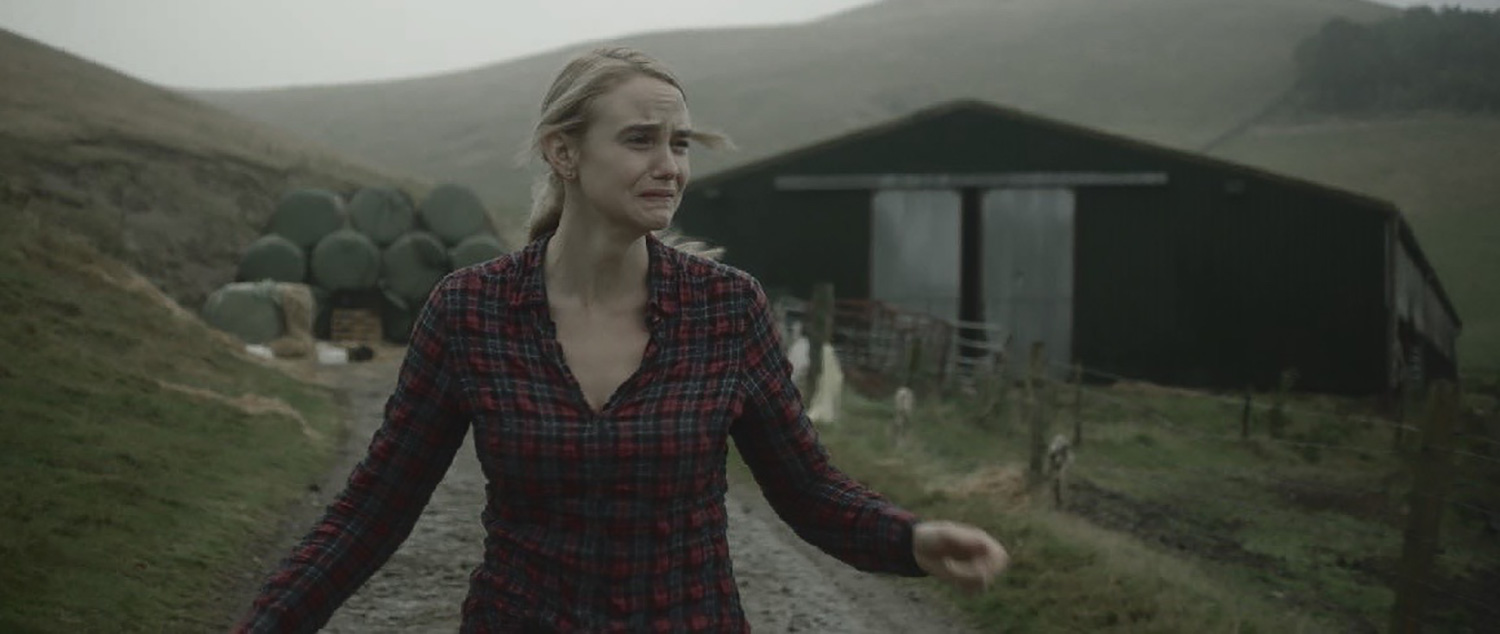
Staying True to Your Vision
Making the schedule isn’t just about keeping production happy and finishing on time, it’s about being economical so you can create your vision in the time allowed. If you’ve done your prep properly then you’ll have a vision for the story, and if you’re good at managing your time on set, then you will be able to execute that vision. Sometimes, yes you will have to compromise. You can’t afford a jib, the sun hasn’t come out for that lovely back light, but you just have to roll with it. Often I find that when I’ve had to think on my feet and compromise, I’ve actually got the more interesting material.
The biggest management required in terms of realising your version of the story is the balance with the writers and producers. I’m of the opinion that people don’t always know what they want until they see it. One of the best bits of advice ever given to me was “Just tell them you’ve got a great plan and it will be awesome”. The point being, just be confident and don’t feel you have to talk through all your ideas.
On more than one occasion I’ve been made to pick up cut aways of shots I know I won’t need. And sometimes made to use them in the edit. But I guess the producers are just being ultra careful and would rather have that shot in case it’s needed…. I’d just rather have confidence and know when you don’t need to go into close ups or cut to a shot of a phone or map or whatever the actor is holding… I think the audience is more intelligent than that. But that’s a personal taste thing and I should probably stop before this turns into a rant!
A Few Other Thoughts
Use your assistant directors. I like having someone with me at the monitor with a radio so I can give simple none actor based notes to the 1st AD. It’s important you have someone who understands you as otherwise you get a case of Chinese Whispers. I like using my ADs as it stops me running around like a headless chicken. Silence on set, when shooting or rehearsing. I caught my 1st AD on MisFits opening a sweet wrapper during a take. I can’t imagine why you’d be so disrespectful to the cast and the process. Needless to say I’ve not worked with him again. There’s a habit ADs have when they say “Will’s stepping on” when you go in to give a note. I ban this as everyone just looks around at you and it’s a bit awkward. I’d rather sneak in, whisper in an ear and then get back to my monitor, rather than have my presence announced to the set like a prize fighter!
Go out on Friday night after wrap, you’ve earned it and it helps the weekend feel longer.
You’ll be sent an ungodly amount of emails, mostly from art department. Although it’s important to communicate, this can often get a bit ridiculous. Get them to put all the questions in one email and be specific with the ones you get back to. You can genuinely lose a lot of time to emails that could be spent more wisely, so watch out for that. My favourite phrase is “I think that asks more questions than it answers”. It’s a fancy way of saying ‘no’ without hurting anyone’s feelings. Don’t get over excited with the catering, a fry up every morning is a bad idea and a heavy pudding is going to put you to sleep in the afternoon. Go out on Friday night after wrap, you’ve earned it and it helps the weekend feel longer.
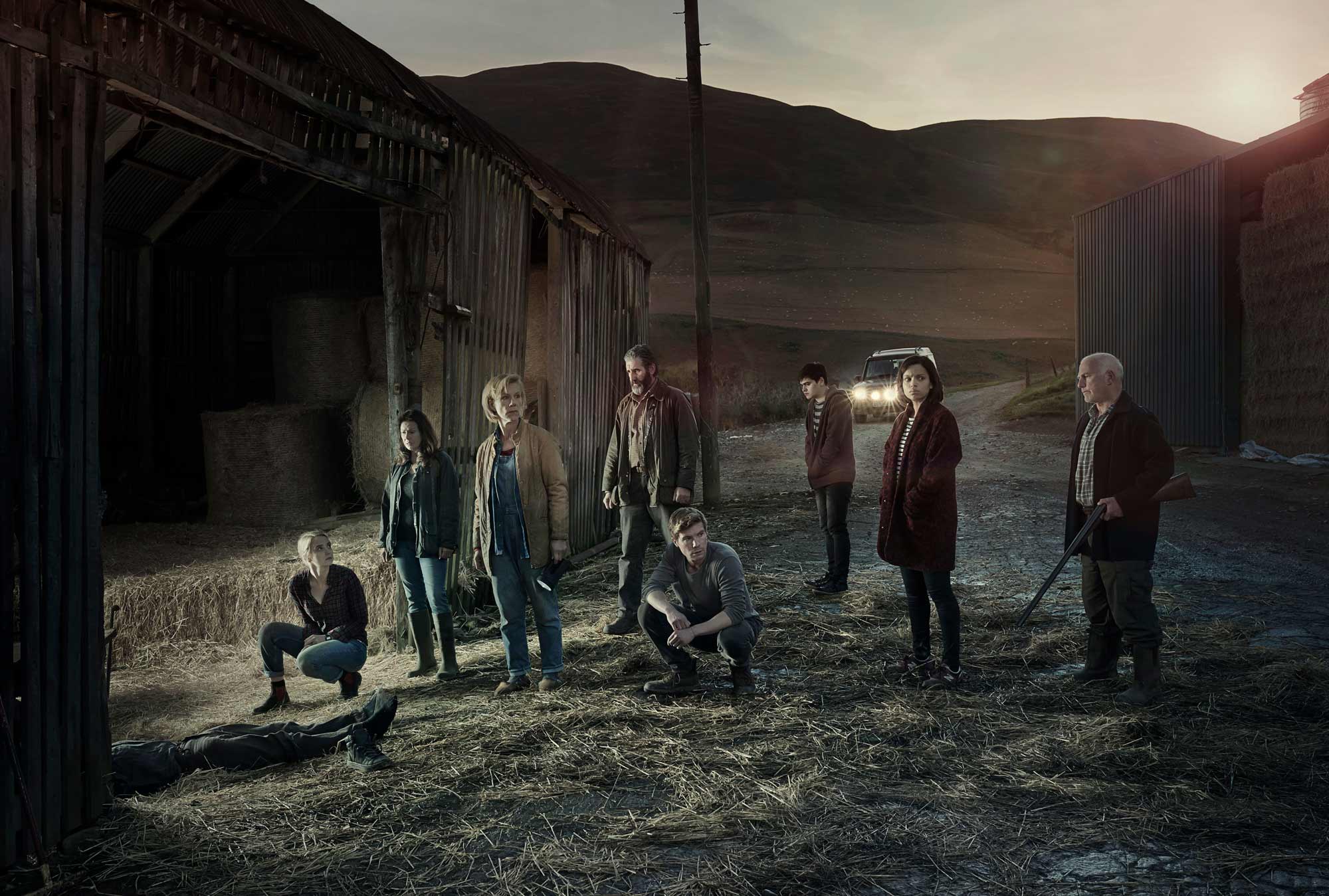
So What Next?
First bit of advice for when your show airs – if you want to take a look at what people are saying on Twitter, wait until the show has finished airing. The folk that tweet during the show aren’t even watching, trust me. It’s the chat after that you should tune into, if any. Make sure you get HD copies of the show (for posterity, awards entry, and stills) and a HD copy of the trailer. Get these sooner than later, as when production is over people are harder to track down. Stick the trailer on your website, social media and showreel. The ugly truth is that a lot of people won’t even see your drama, possibly even if meeting you for another project, so make sure the 60 second trailer is out there and looking good.
Hopefully you’ll be reading scripts for your next televisual masterpiece, however, do not take the first one that comes along. Read a few, make sure you take the project that suits your taste and aspirations. You’ve just spent possibly up to a year on a drama, see your mates, your family, make that short experimental film, write another draft of your feature film or your own TV idea. And then when the right project comes along, jump on it and nail it.
Find out more about William’s work at williammcgregor.co.uk or by following him on Twitter @WillieMcGregor.


